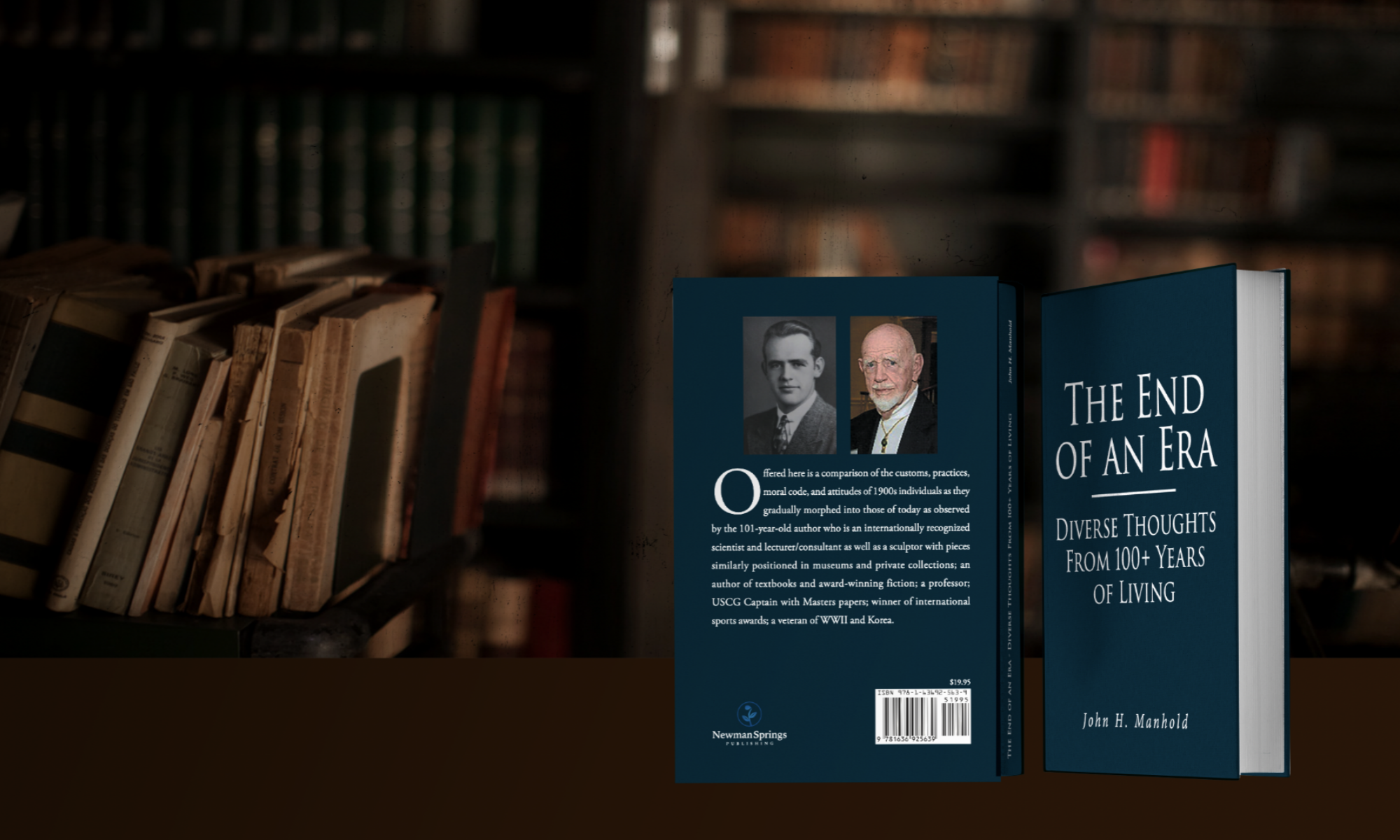Jumping from Helicopters ISBN: 9781732736115 Turtle Creek Publishing Copyright and written by John Stillman and Lori Stillman.
This is a Vietnam Memoir dedicated “To the 58,000 plus names on the Vietnam Memorial Wall, they are the true heroes of the war. They gave all.” It is a book whose story was told to, and written by, the daughter of a man who as a 19-year-old endured the struggles of spending a year in almost endless combat as a member of the 101st Airborne in 1968. He, like most young men, enlisted seeing only the adventure and even, for some, having the thought of helping the downtrodden people of South Viet Nam. Instead they encountered the realities of war and under some of the worst conditions possible – endless days in the sweat-drenching jungle heat, little sleep, bad and frequently missing food, venomous snakes, leaches, impossibly annoying and even dangerous insects, days to weeks without being able to wash, and all with the constant watchfulness required to avoid hidden traps that maimed and killed, as well as enemy ambush, mortar rounds and more. And then later, discovering that you have been affected by a persistent life-threatening parasite and/or the residual results of Agent Orange or some other highly effective weapon that unfortunately only later was discovered to be deleterious to your life.
Discussion: This is a book that really requires the reader to look beyond the words that on-the-surface offer little of a ‘war story’ or even possibly nothing more than a repetitive listing of seemingly mundane factual material. If this is your impression, you are doing nothing but reading the words. To really understand, you must place yourself empathetically in the situations described and set forth in such an impassive, unemotional manner. From such a perspective, a totally different and horrifying picture is unveiled. A huge mental rearrangement appears where the young soldier gradually is seen to evolve from a naïve young man with thoughts of adventure and doing something worthwhile for a downtrodden people, into an automaton that follows the basic instinct to stay alive simply by becoming a killing machine. The book, fortunately because of the relentless desire of a loving daughter to learn and understand more about her father’s constant refusal to discuss or even mention remembrances that resulted in sleep-shattering dreams, and recurring thought patterns against which he constantly must guard against to withhold violent outbursts. The army had spent weeks training him to be a killer and did not even spend a few hours debriefing him or providing any words to help him re-establish himself into normal daily life. It was literally months before government action even accepted the fact that such an entity existed as PTSD or Post-Traumatic Stress Disorder. Now, after some twenty years, this book has been written that is a culmination of combining details from the soldier’s diary, letters written home and his recall and finally verbal release of the unforgettable, constantly recurring individual and collective memories that a catharsis of sorts was attained. An effort patiently and lovingly pieced together by a daughter who wanted so badly to know more about that dark period in her father’s life that caused his occasional outbursts and so much pain. Finally he was able to talk about the horrible memories and could reach some degree of closure now that he no longer needed to bear the burden alone.
Summary: Riveting, deceptively unemotionally presented depiction of one 19-year-old’s gradual change from naiveté to unemotional machine of destruction from spending a year in almost endless combat as a member of the 101st Airborne in 1968 and resultant struggle with PTSD.
5* Riveting for reader with ability to mentally place self in protagonist’s position.
